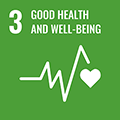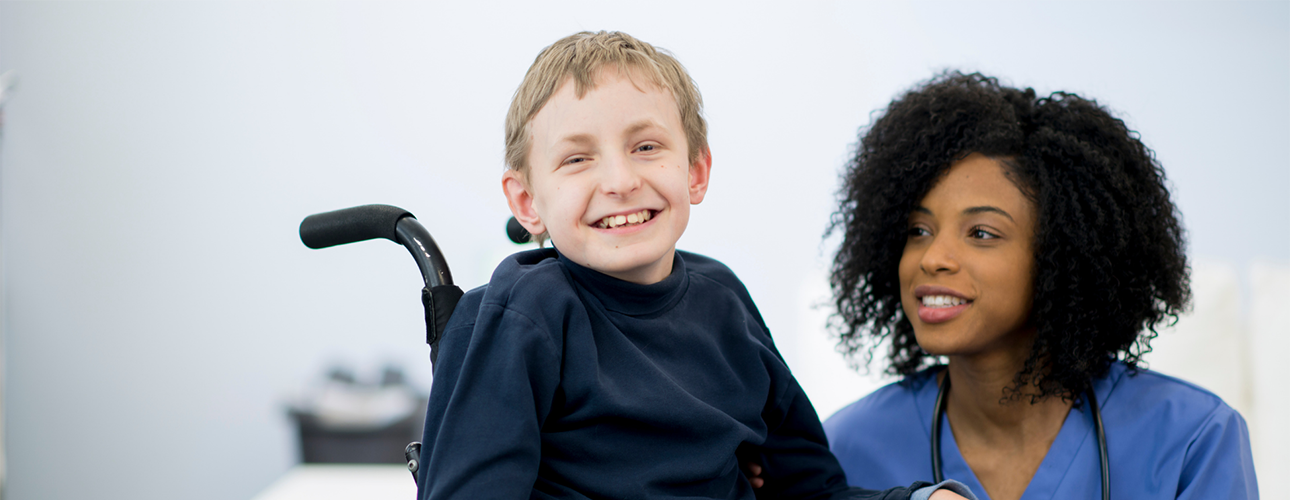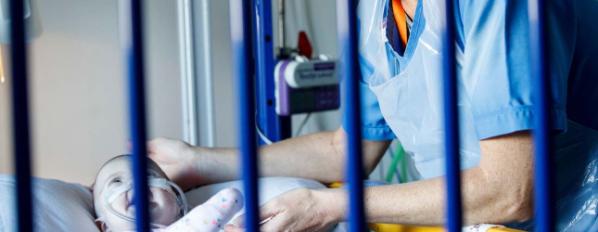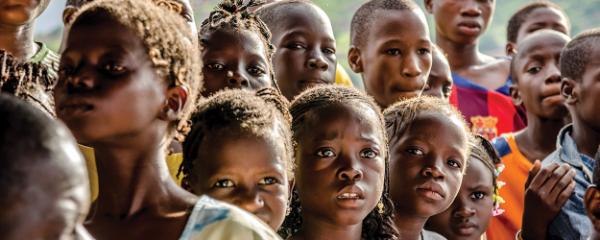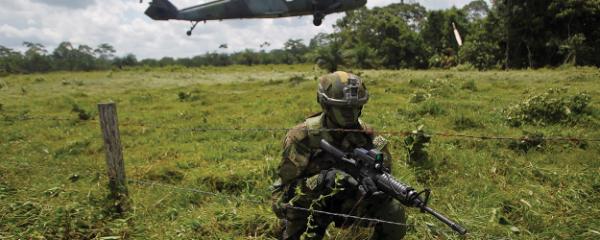Researchers at Queen’s have improved the wellbeing of children living with cerebral palsy by conducting surveillance of patients with the condition and guiding the associated research undertaken by the Northern Ireland Cerebral Palsy Register (NICPR).
Research Challenge
Cerebral palsy is the leading cause of childhood physical disability
The life-long condition presents in a wide variety of ways from mild problems to profound disability with high associated health and social care costs. Numbers and needs of people with Cerebral palsy were not typically being captured by routine healthcare data coding, impacting the day to day care of patients.
Many children with Cerebral palsy require orthopaedic surgery to maintain their walking ability. Surgical planning involves lengthy, technical assessments in a hospital-based movement laboratory. This presents challenges, particularly for younger children and those with more severe disabilities and underlines the need for ongoing, robust surveillance of children with cerebral palsy.
Our Approach
Objective classifications for cerebral palsy
Queen’s research contributed to establishing consistent and objective criteria for classification of Cerebral palsy. Recognising the need for clear communication about Cerebral palsy severity between healthcare professionals and families, the researchers developed and validated a robust ‘family-report’ version of a clinical classification tool. High levels of inter-observer agreement when using the tool were demonstrated between parents, therapists and researchers in a cohort of 184 children.
The research demonstrated how quality of life, psychosocial well-being and participation of children with cerebral palsy are influenced by pain, and by the child’s physical, social and attitudinal environment Parkes’ work recommended embedding assessment of pain and participation into routine clinical practice.
‘The upper limb service is now seen as the ‘gold standard’ throughout the UK and was recognised as the ‘Most Effective Adoption and Diffusion of Best Practice’
- Health Service Journal (HSJ) Awards 2016
What impact did it make?
Improving the wellbeing of children with cerebral palsy
The research has improved the wellbeing of children living with Cerebral Palsy in many ways, most notably it has:
- Enabled the development of new services, providing specialist care and targeted rehabilitation to all children with CP in Northern Ireland (NI);
- Developed cost-effective tools to describe CP that have been adopted across NI and internationally, improving communication between healthcare professionals and families and reducing clinical assessment burden; and
- Informed UK and international standards of care, for example, NICE guidelines and a UK National Confidential Enquiry into Patient Outcome and Death (NCEPOD).
Beneficiaries include children with CP and their families who receive tailored, goal-orientated health and education, designed to meet population-level needs; and community-based healthcare staff who now have access to tertiary expertise and new clinical services.
Our impact
Impact related to the UN Sustainable Development Goals
Learn more about Queen’s University’s commitment to nurturing a culture of sustainability and achieving the Sustainable Development Goals (SDGs) through research and education.
